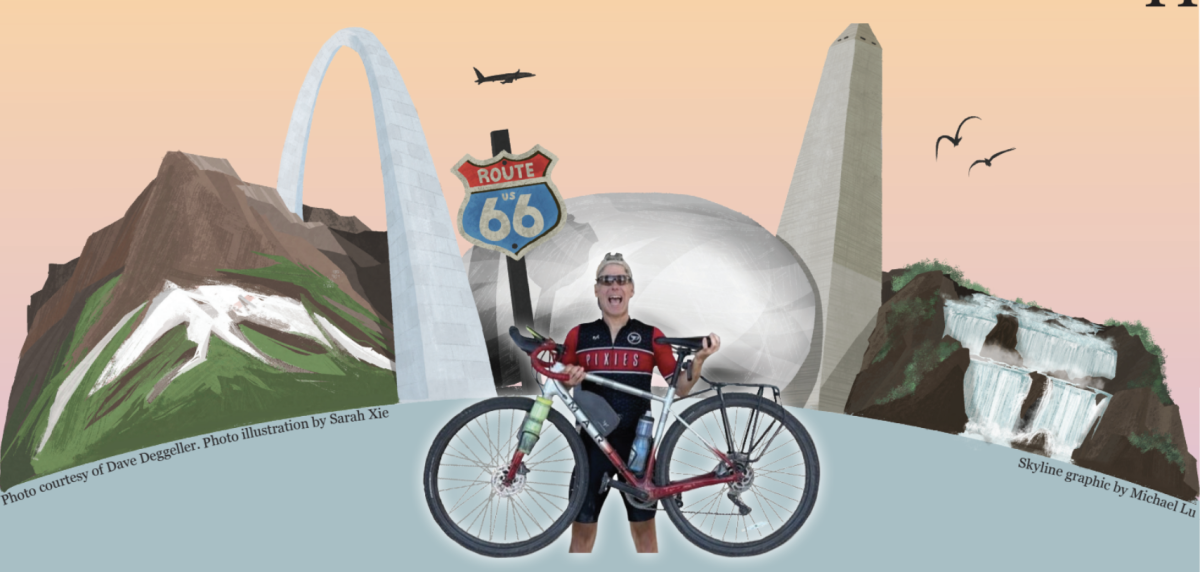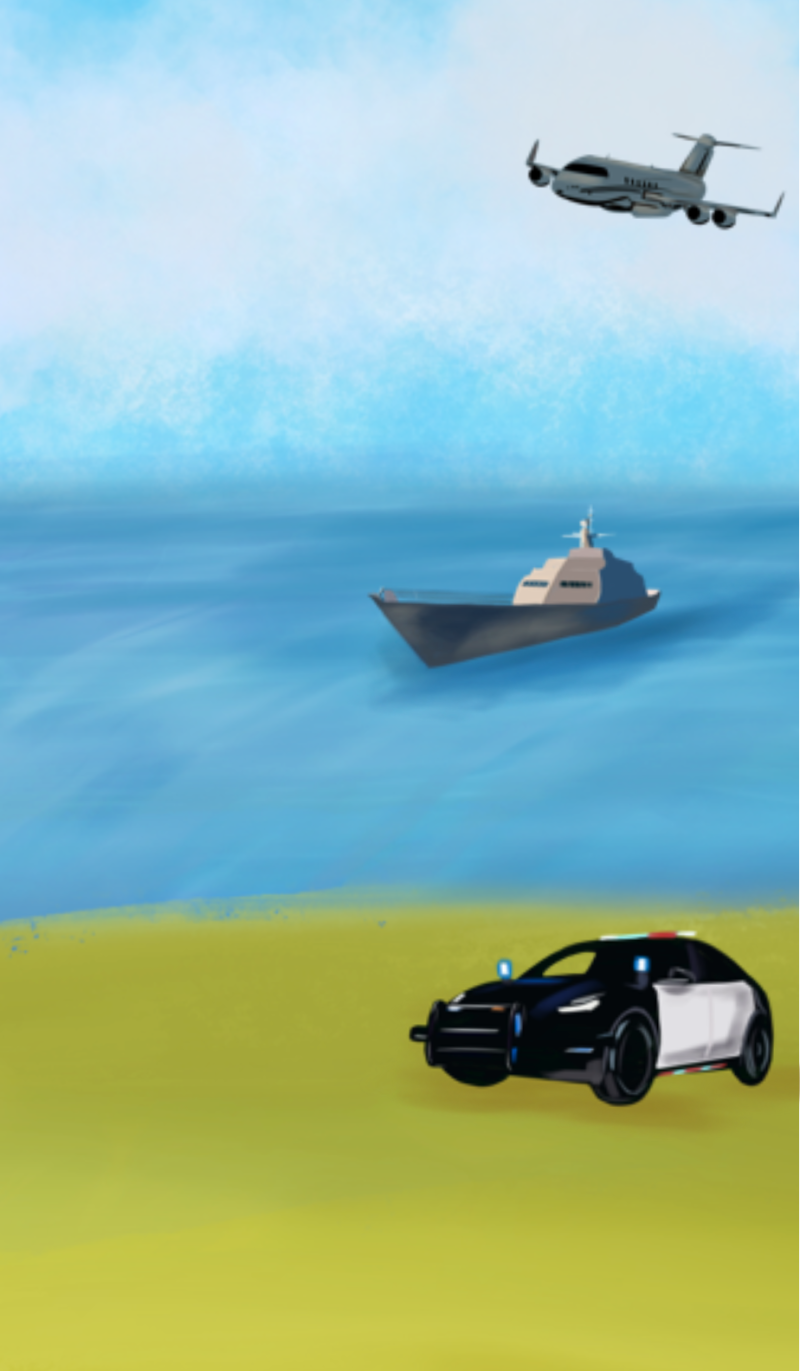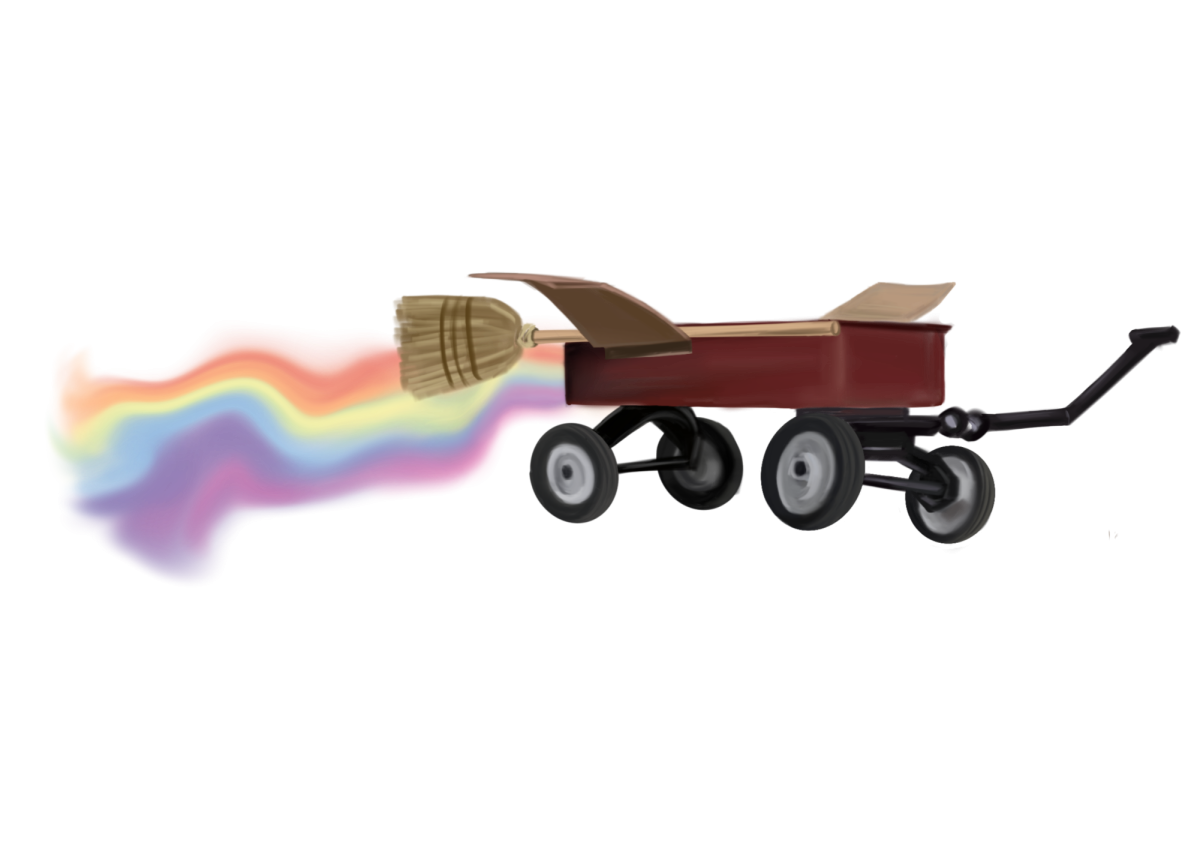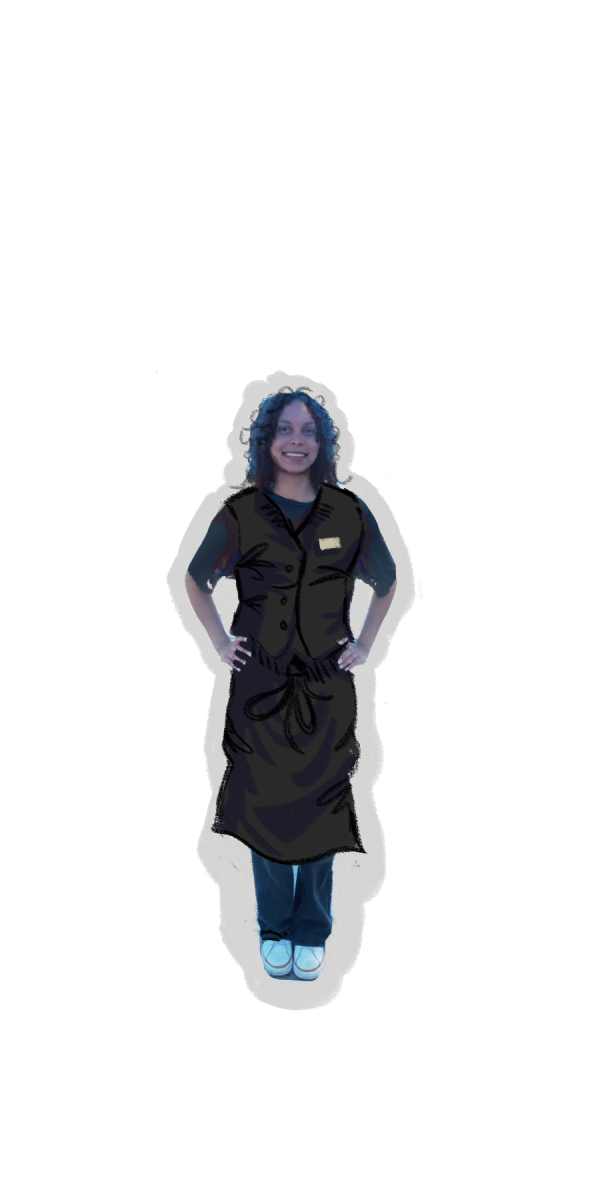Written by Aayush Dubey
Science teacher Casey O’Connell remembers himself as a good high school student who rarely broke the rules. However, he does regret an activity that occurred in a popular party spot around a bridge spanning over the Hudson River. “I didn’t drink or do drugs, but I did do reckless stunts like cliff jumping into the gorge,” O’Connell said. “This was one way of being macho and being independent.”
He grew up in a small town in New York with nothing much to do, so people his age turned to cliff-diving as a way to have fun. “I remember a collective feeling of restlessness that I [and others] generally had,” O’Connell said. “My choice of experimentation was to do wild stuff, just because I saw other people doing it and getting a rush out of it. The rush I got was indescribable. It was terrifying. It was exciting.”
Teens usually came by around the party spot bringing boomboxes, coolers and picnic baskets, in what O’Connell describes as “a big social hangout.” He said there would be a few teens jumping off of the high cliffs into the waters of the river, but occasionally someone would jump from the bridge higher than the cliffs to get attention. “It was a daredevil, showy thing to do,” O’Connell said. “People who would land the wrong way hurt their knee or ankle, or [had] a sore back for a few weeks, but at that age, you think you’re invincible and that nothing worse could happen.”
There was little official intervention for the party spot because of the bridge’s location: it divided the two main counties in a way that only state police could take action. Adults were not in favor of this party spot, especially O’Connell’s mother who warned him about taking such drastic risks. “By default, I did it in spite of her and of any disagreeing opinion,” O’Connell said. “I think adults frowned on it just the same way they frown on everything else that teenagers do that they’re not supposed to do. I dismissed her opinion as just another example of her being worried; that’s where I went wrong.”
Eventually, one student jumped at a point where he got caught in the undertow of the river and drowned; O’Connell remembers being shocked when hearing about it from his friends. “I never [went jumping] again; I never even hung out there anymore,” O’Connell said. “It was very sobering to imagine myself in that situation and to imagine how some of the worst-case scenarios would have impacted my mother. When I look back, I was shocked at how willing I was to take such a risk. Whenever I pass over that bridge span, I can’t even believe I had the nerve.”
Through his experience, O’Connell realized some important lessons for himself and hopefully for others. “Our bodies and our lives are fragile and finite. Naturally as you get older, you become a lot more cautious, guarded and safe about what you do,” O’Connell said. “I understand why teens take some of the risks they do, but my understanding does not translate to anything rational or logical. Maybe I needed to prove myself or define myself. Adults continue having those needs but became more prudent about the choices they make.”













